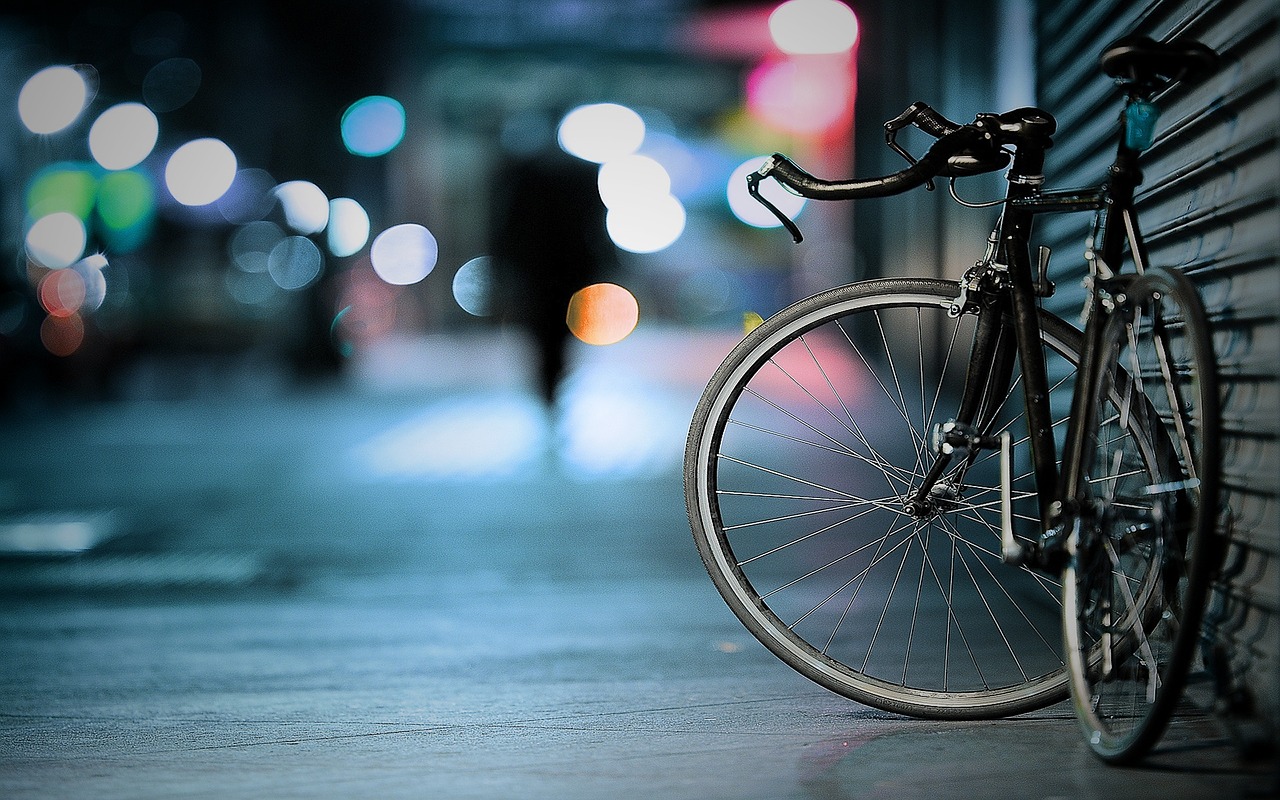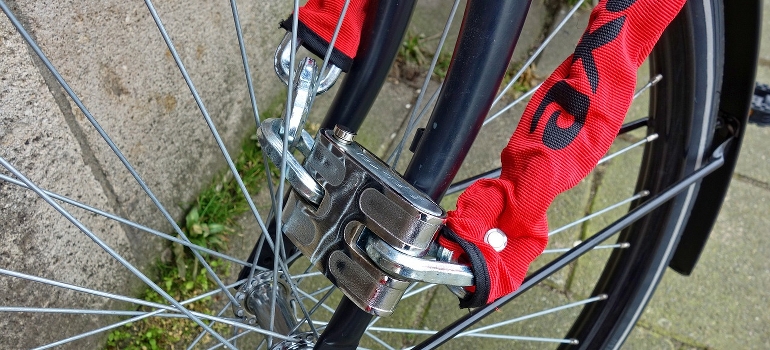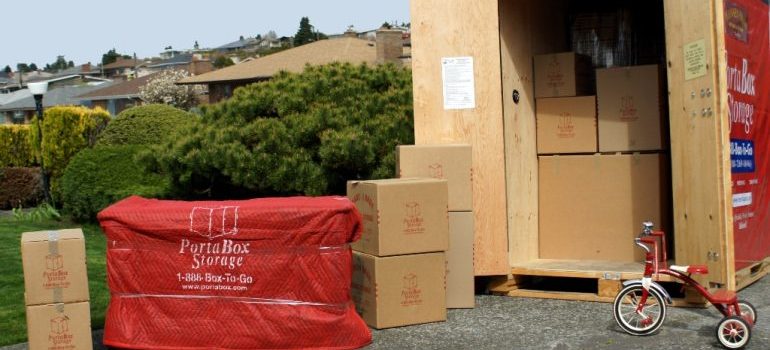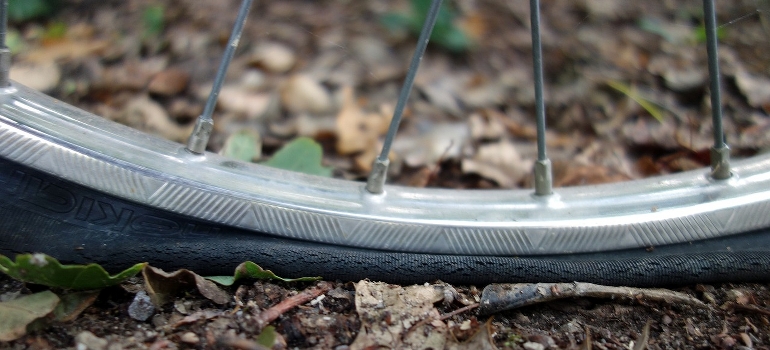Guide to storing your bike during the off-season
get a quote
As the cycling season comes to an end, it’s important to properly keep your bike pristine during its hibernation. Appropriate off-season bike storage can extend your bike’s life, prevent rust and wear, and avoid expensive repairs. Here’s a comprehensive PortaBox Storage guide to storing your bike during the off-season teaching you how to protect it from damage and ensure it’s ready to ride when the weather improves.
Clean your bike thoroughly: Start fresh for storage
Before putting your bike away, give it a deep clean. Dirt, sweat, and grime left on the bike can cause corrosion and wear over time. Use a mild detergent and warm water to scrub down the frame, wheels, and components, paying particular attention to hard-to-reach areas like the chain and derailleur. Make sure to remove all dirt, especially around the cassette and crankset. Once clean, dry your bike completely; moisture is your bike’s worst enemy during storage.

Lubricate moving parts
After cleaning, apply lubricant to all moving parts, especially the chain. This prevents rust and keeps the components running smoothly. A dry lubricant is ideal for storage as it attracts less dust than wet lubricants. Remember, over-lubing can also trap dirt, so apply sparingly. Lubricating brake and gear cables are also essential to prevent them from seizing up over the winter months.
Find the perfect storage location
Moisture can be your bike’s biggest enemy during the off-season. Rust and corrosion are real threats, especially if you store your bike in a humid or cold space. Ideally, store your bike in a dry, temperature-controlled area like a spare room, closet, Ballard self storage or garage with good ventilation.
Avoid damp basements or outdoor storage, where condensation can form. If you have no choice but to store your bike outside, make sure to use a high-quality waterproof bike cover and keep the tires off the cold ground using rubber blocks.
Inflate your tires to avoid deformation
Storing a bike with under-inflated tires can lead to deformed tires or damaged rims. Inflate your tires to their recommended pressure (typically between 80-130 psi for road bikes, or 25-35 psi for mountain bikes). Storing them on a bike stand or hanging them can relieve pressure from one part of the tire and prevent flat spots. If you have limited space and need to store the bike on the floor, periodically rotating the tires will help distribute the weight evenly.

Elevate the bike to reduce pressure on key components
Storing your bike upright, either on a wall-mounted rack or ceiling hook, can prevent long-term stress on the tires, rims, and frame. It also reduces the risk of accidental damage from moving other items. If wall space is at a premium, a freestanding bike stand is a great alternative. Otherwise, opt for self storage Bothell offers when storing your bike during the off-season months.
Remove accessories and batteries to protect electronics
If your bike is equipped with electronic components like lights or a GPS, be sure to remove the batteries before storage to avoid corrosion. Store them separately in a dry place at room temperature. Any attached accessories like water bottles, bags, or pumps should also be taken off, as they can accumulate moisture and cause damage. For electric bikes, store the battery at around 50-70% charge, and avoid freezing temperatures to maintain its longevity.
Check periodically and don’t forget about maintenance
Even with all these precautions, your bike can still face issues if left unchecked for months. Aim to inspect your bike at least once a month during the off-season. Check for any signs of rust, tire deflation, or damage to cables. Also, spin the wheels and move the chain occasionally to prevent seizing. This routine care can catch minor problems early before they escalate into costly repairs.

Post-storage tune-up
When the cycling season returns, a quick tune-up will get your bike ready for the road. Check the tires for proper inflation, inspect the chain and gears for lubrication needs, and ensure that the brakes are working smoothly.
- Mountain bikes: Due to the added complexity of suspension systems, ensure seals are lubricated and suspension components are cleaned before placing the bike in Seattle mini storage. If you’ve been riding in muddy or wet conditions, extra care should be taken to dry and protect seals to avoid deterioration.
- Electric bikes: Be mindful of how you store the battery. Keep it at a partial charge (about 50%) and avoid exposure to freezing temperatures. Consider removing the battery from the bike entirely and storing it indoors.
Tighten bolts and give your bike a quick ride to ensure everything feels right. A little attention now means you can enjoy a smooth and safe ride once the weather warms up.
A little effort goes a long way
While the prep for storing your bike during the off-season might seem tedious, the benefits of doing it right are undeniable. A thorough cleaning, proper lubrication, and inflating your tires are investments in your bike’s future performance. Protect it in a dry, safe environment of storage pods Seattle trusts and you’re safeguarding it against rust, corrosion, and flat spots that could otherwise turn into costly repairs.
Regular check-ups during storage ensure that any minor issues, like deflated tires or dust buildup, are caught before they escalate. Following these steps means your bike will be in prime condition, ready for smooth, hassle-free rides as soon as the cycling season returns.
